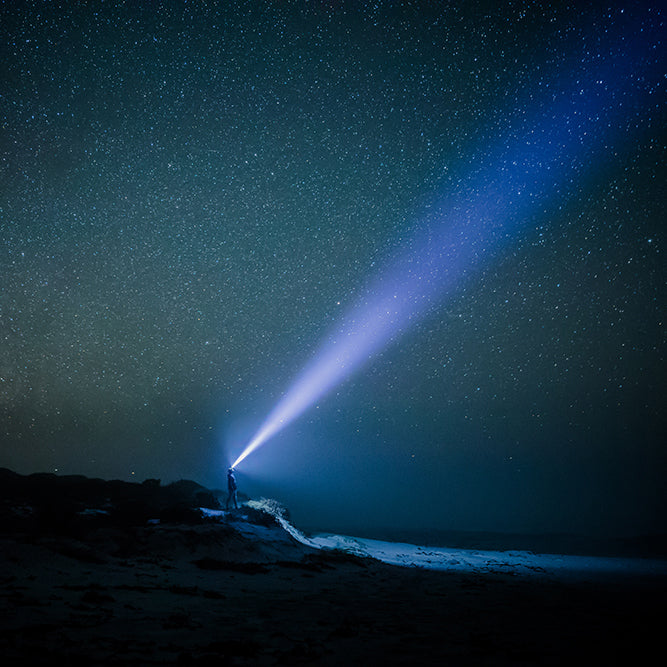In the near future, the fashion industry will be faced with mounting climate change related risks, namely resource constraints. To future proof the fashion industry, there is a call for a shift towards more sustainable patterns of production and consumption, including the proliferation of more sustainable virgin materials (e.g. organic cotton and hemp). The following blog provides a snapshot of more sustainable materials in comparison to conventional resource intensive materials (e.g. genetically modified cotton and polyester).

Organic Cotton:
Organic cotton is grown using sustainable agricultural practices and natural inputs that have a low impact on the environment. The production systems replenish and maintain soil fertility and support biologically diverse agriculture by growing without the use of toxic and persistent pesticides and synthetic fertilisers. Conventionally grown cotton accounts for as much as 25% of the world’s insecticides and 10% of the world’s pesticides. The overall life cycle assessment of organic cotton vs conventional cotton shows a reduction in global warming potential of 45% and reduction of blue water consumption of 91%, amongst many other factors.
Hemp:
Hemp is a natural fiber with 7 times the strength of cotton, making it hard wearing and long lasting. It’s durability alone makes it a better alternative than conventional cotton with garments from hemp lasting 4 to 5 times longer than those from conventional cotton. The fibre is naturally anti-microbial and mold resistant and has natural thermal regulation properties. When grown organically, it has an environmental footprint very similar to organic cotton with similar environmental savings. It does use about 50% more land to get the same yield of fabric, but again, this is offset by the durability of the fabric and its tendency to last much longer than conventional cotton products.


Staying true to their sustainable brand, Sealand Gear currently produces an apparel range manufactured from a combination of 55% hemp and 45% organic cotton blend. In our next blog post we look at circular economy business models – reuse, remanufacturing, product service models and provide examples of sustainable fashion products manufactured from recyclable materials.
For more information:
https://www.huffingtonpost.com/david-dietz/organic-cotton-sustainable-fashion_b_3562788.html
http://www.hemporium.co.za/c19/Fabric.aspx
Authors:
Linus Naik is a chemical process engineering consultant in the waste, energy, and sustainability sectors. He completed his doctorate at the Department of Chemical Engineering, University of Cape Town. He is also the co-founder of a sustainable innovation and design firm, “Thinked”, www.thinked.co.za.
Kruschen Govender is an interdisciplinary scholar, specialising in design and innovation for sustainability. He is completing his doctorate at the Department of Civil Engineering, University of KwaZulu-Natal. He is also the co-founder of a sustainable innovation and design firm, “Thinked”, www.thinked.co.za.






